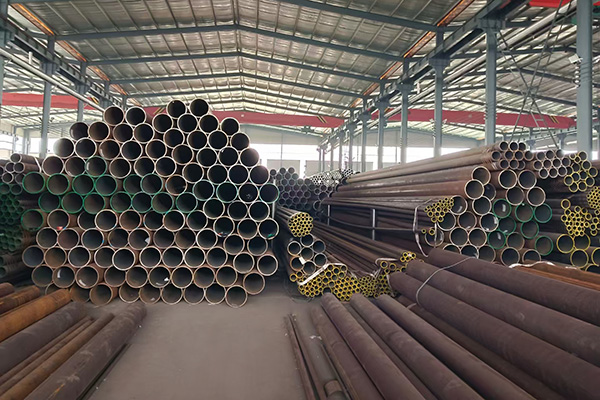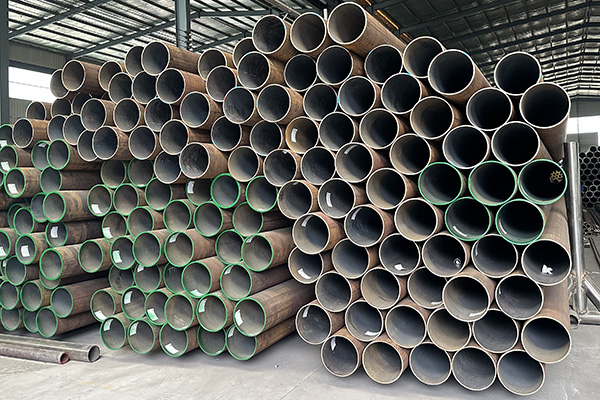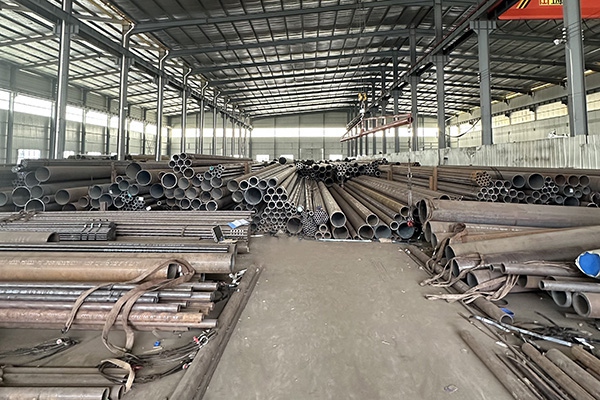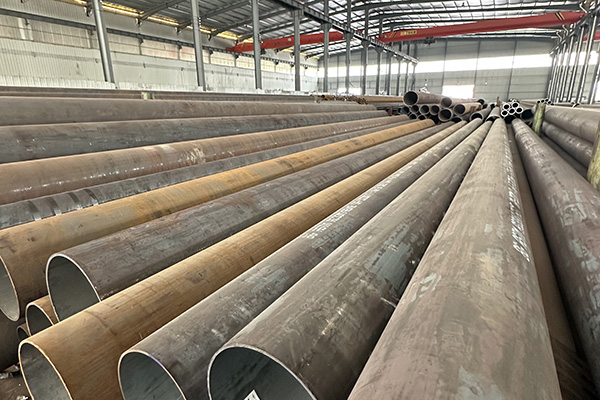
Introduction to Line Pipe
In modern energy and infrastructure projects, Line Pipe plays an irreplaceable role in transporting fluids safely over long distances. Designed to operate under pressure and in challenging environments, Line Pipe forms the structural core of oil, gas, and water delivery systems. Meeting strict API 5L standards and utilizing robust grades such as GR.B, it guarantees performance, safety, and international compliance.


Distinctive Features of Line Pipe
Unlike ordinary steel pipes, Line Pipe is engineered specifically for high-demand industries where safety and reliability are critical. Its unique traits include:
·High Pressure Endurance – Maintains stability in demanding transmission networks.
·Corrosion Protection – Coatings and metallurgy extend service life against harsh conditions.
·Standardization – Adherence to API 5L ensures global acceptance and predictable performance.
·Versatile Materials – Grades like GR.B provide a balance between cost-efficiency and durability.
These qualities explain why Line Pipe is indispensable for major industrial operations.
API 5L Standards Explained
The API 5L specification, developed by the American Petroleum Institute, is the benchmark for Line Pipe manufacturing. It defines technical requirements that ensure consistency and safety in pipeline construction.
What API 5L Covers:
1.Dimensions and Tolerances – Guarantees accurate wall thickness and pipe size.
2.Chemical Composition – Sets limitations for alloying elements.
3.Mechanical Strength – Dictates tensile strength, yield point, and toughness.
4.Testing Protocols – Requires hydrostatic, ultrasonic, and radiographic testing to validate quality.
Compliance with API 5L makes Line Pipe a universal solution for projects in energy and infrastructure.
The Importance of GR.B Material
Within the API 5L classification, GR.B is one of the most widely used grades. Its properties make it a go-to choice for engineers seeking dependable and affordable pipeline options.
Key Advantages of GR.B:
·Balanced Strength – Adequate for the majority of oil and gas applications.
·Ease of Welding and Fabrication – Simplifies construction and installation.
·Operational Reliability – Withstands variations in pressure and temperature.
·Code Compliance – Fully aligns with API 5L, ensuring recognition across industries.
GR.B remains a versatile material that satisfies both performance and budget considerations.


Where Line Pipe Is Used
Line Pipe has widespread applications that extend far beyond oil and gas transmission:
1.Energy Transport – Moving crude oil, natural gas, and refined fuels.
2.Municipal Water Systems – Delivering potable water and managing urban distribution.
3.Petrochemical Facilities – Supporting the movement of chemicals and feedstocks.
4.Civil Construction – Applied in infrastructure requiring reliable steel piping.
These applications underline the importance of Line Pipe as a foundation of modern infrastructure.
Why Line Pipe Matters for Infrastructure
The benefits of using Line Pipe over non-standard alternatives are clear:
·Higher Safety Levels – Reduces risks of failure or environmental impact.
·Operational Efficiency – Minimizes downtime while maximizing flow capacity.
·Long Service Life – Extends pipeline longevity even under demanding conditions.
·Global Acceptance – With API 5L certification, projects gain international credibility.
This combination of strengths makes Line Pipe the first choice for engineers, regulators, and project managers alike.
Inspection and Maintenance of Line Pipe
Even with top-quality production, ongoing care is essential. Effective maintenance practices include:
·Routine Visual Checks – Identifying surface corrosion or dents early.
·Non-Destructive Examination – Methods like ultrasonic testing safeguard integrity.
·Pressure Testing – Hydrostatic trials confirm performance under operating loads.
·Preventive Replacements – Swapping aging segments reduces long-term risks.
These practices protect investments and maintain the safety of pipeline networks.
Conclusion
From energy pipelines to municipal systems, Line Pipe remains at the heart of global infrastructure. Its compliance with API 5L specifications and the proven properties of GR.B steel make it a trusted solution for safe, efficient, and cost-effective fluid transportation. By understanding its standards, materials, and applications, industries can ensure long-term reliability.
Ultimately, Line Pipe continues to define the benchmark for pipeline systems worldwide—balancing strength, safety, and performance in every installation.
References
GB/T 7714:Sholihin M Y M, Kusyanto H S, Soegijono B. Analysis of the remaining life of API 5L grade B gas pipeline in the flare gas recovery unit[C]//IOP Conference Series: Materials Science and Engineering. IOP Publishing, 2018, 432(1): 012016.
MLA:Sholihin, M. Y. M., H. S. Kusyanto, and Bambang Soegijono. "Analysis of the remaining life of API 5L grade B gas pipeline in the flare gas recovery unit." IOP Conference Series: Materials Science and Engineering. Vol. 432. No. 1. IOP Publishing, 2018.
APA:Sholihin, M. Y. M., Kusyanto, H. S., & Soegijono, B. (2018, November). Analysis of the remaining life of API 5L grade B gas pipeline in the flare gas recovery unit. In IOP Conference Series: Materials Science and Engineering (Vol. 432, No. 1, p. 012016). IOP Publishing.





